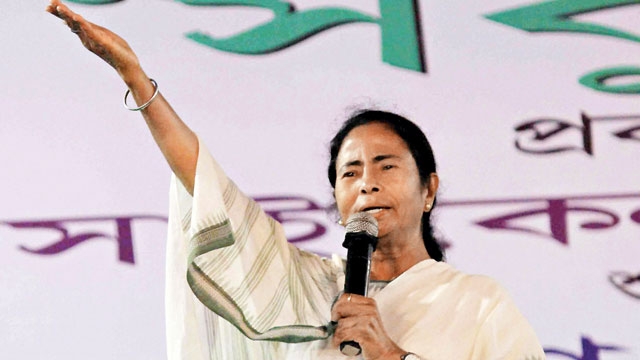 This is in reference to the article by Ashok Malik in the Times of India (September 16), in which he says “India’s future for much of the coming 25 years, at least, will be shaped in its three emergent mega-regions (MRs) – NCP- Jaipur-Ajmer-Meerut-Gwalior, Mumbai-Pune-Thane-Ahmadabad, and the Chennai-Bengaluru corridors. In historic terms, the Northern heartland, Deccan–Peninsular empire and the Western empire.
This is in reference to the article by Ashok Malik in the Times of India (September 16), in which he says “India’s future for much of the coming 25 years, at least, will be shaped in its three emergent mega-regions (MRs) – NCP- Jaipur-Ajmer-Meerut-Gwalior, Mumbai-Pune-Thane-Ahmadabad, and the Chennai-Bengaluru corridors. In historic terms, the Northern heartland, Deccan–Peninsular empire and the Western empire.
Much of ancient Indian politics and economy revolved around Magadha. The Kalinga Empire in the East was a glorious chapter in Indian history. Subha Bengal was one of the most prosperous provinces of the Mughal Empire. And before and till the advent of the British Raj, the East coast was the principal conduit for India’s voluminous trade with South-East Asia.
During the British rule and till the 1970s, the then Calcutta was the biggest centre of economic activity. Yet, Malik has no expectation from, and not even a mention of the eastern region. What will happen to the region? Will it become a colony of one of these MRs?
Northern heartland is Hindi Heartland. It includes Bihar and Jharkhand. So, from a linguistic point of view, East comprises Odisha, Bengal, Assam, Sikkim and North-East. It has long been neglected by the rulers in Delhi – economically, by blindly allowing the exodus of industry and capital from Bengal; and, culturally, by ignoring state languages and cultures. Political domination was possible only when the Congress was ruling the states.
Northern heartland never accepted East Indians on an equal footing. Their treatment of those from the North-East betray this tendency. They were also not interested in the economic development of the region. That is why journalists like Ashok Malik do not give East India a place in the future economic map of India. There is a parallel in Pakistan. West Pakistanis used to look down upon East-Pakistanis, now Bangladeshis. Urdu was sought to be imposed on them and West Pakistan was treated like a colony.
Now in India, federalism is getting firmly established. The east zone is recovering in all respects under the leadership of Navin Patnaik in Odisha, Mamata Banerjee in Bengal, Sarbananda Sonowal in Assam and the local leadership in the rest of the region. To quote Ajay Banga, Global CEO, Mastercard, “Changes in Bengal in the past five years have been palpable and terrific..There is also this unprecedented focus on development of roads, inland waterways, railways etc in the North-Eastern Region. The emergence of a democratic Myanmar, improving ties with Bangladesh, a resurgent foreign policy, and, above all, the emerging potential of North-East India as a connecting frontier for the South East Asian Economy et al are rekindling the hope and aspiration in the whole of East India.”
Thus, the Eastern region will definitely have an important place in the economic map of India in the next 25 years.
Source: DNAIndia.com

